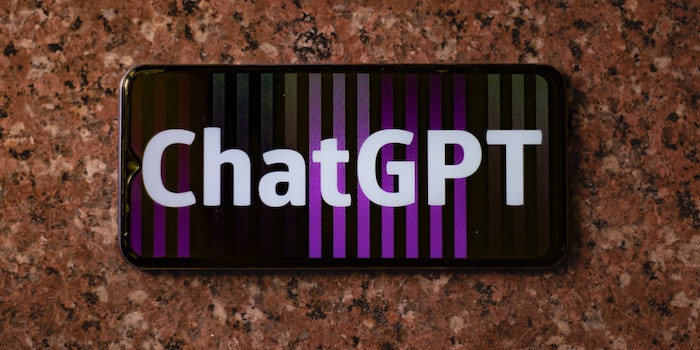The explosion of awareness around large language models over the past year through ChatGPT and other AI platforms has a lot of folks in the world of advertising, marketing and media wondering what these new AI-driven technologies will mean for their businesses — for good reason.
It’s clear that search will no longer be only about typing a few words in a text box and having a set of links returned on a page or screen. Nope.
It’s quickly evolving into a conversation with an AI-driven bot that understands and responds to sentences, paragraphs, dialogue, essays, documentation — anything and everything — and responds with increasingly meaningful answers depending on the power of the bot, the precision in the ask and the breadth, depth and quality of the data it has been trained on.
So what about search engines?
The conversational ability of these engines is getting better at an extraordinary rate, which begs the question for brands out there.
With this technology now available at scale, why should you continue to put your destiny with your consumers and prospects in the hands of a search engine (Google) and your constrained websites and app pages, whose content is incredibly limited and was largely populated from converted flat files of marketing materials.
The next five years of digital marketing for brands will be defined by their ability to enable conversational search with their consumers and prospects, enabling them to better inform and build relationships with those people, retaining and growing their pool of customers.
Pools of data
But those chatbots will do more than that. They will also create extraordinary pools of data about the consumers’ needs and wants for brands and products.This data will help brands drive new customer and audience segmentations.
It will help them better understand the consumer’s state of mind, which will be enormously powerful when connected to those same consumers’ demographics, previous purchase behaviours and their media behaviours.
This will help drive a much more powerful layer of ad targeting and creative optimisation. In addition to targeting ads based on content and audiences and audience behaviours, whether on purchase or media consumption behaviours, brands will now be able to target their messaging on audience intent.
That will be super-powerful.
Interactive behaviour
Sure, all this happens a bit today in search targeting — and also in retail media. In those cases, though, techniques are driven by interpretive segmentations of passive behaviours.
Conversational search — engaging with a brand bot to learn whether that product can meet your needs and desires — is an active, indeed, interactive, behaviour.
Conversational search on platforms and tools owned by brands will dramatically reshape digital ad targeting, measurement and optimisation over the next five years, and put brands in the driver’s seat.
It may take a year or two to get going, but just watch out!
This story was first published by MediaPost.com and is republished with the permission of the author.

Dave Morgan, a lawyer by training, is the CEO and founder of Simulmedia. He previously founded and ran both TACODA, Inc, an online advertising company that pioneered behavioural online marketing and was acquired by AOL in 2007 for $275 million, and Real Media, Inc, one of the world’s first ad serving and online ad network companies and a predecessor to 24/7 Real Media (TFSM), which was later sold to WPP for $649 million. Follow him on Twitter @davemorgannyc














